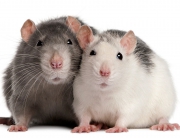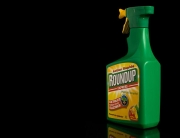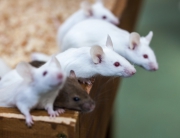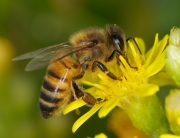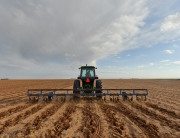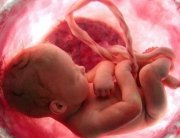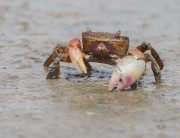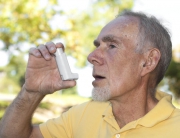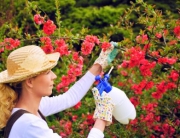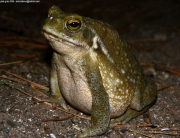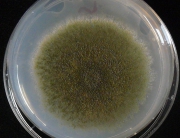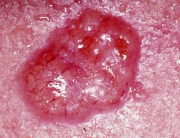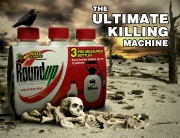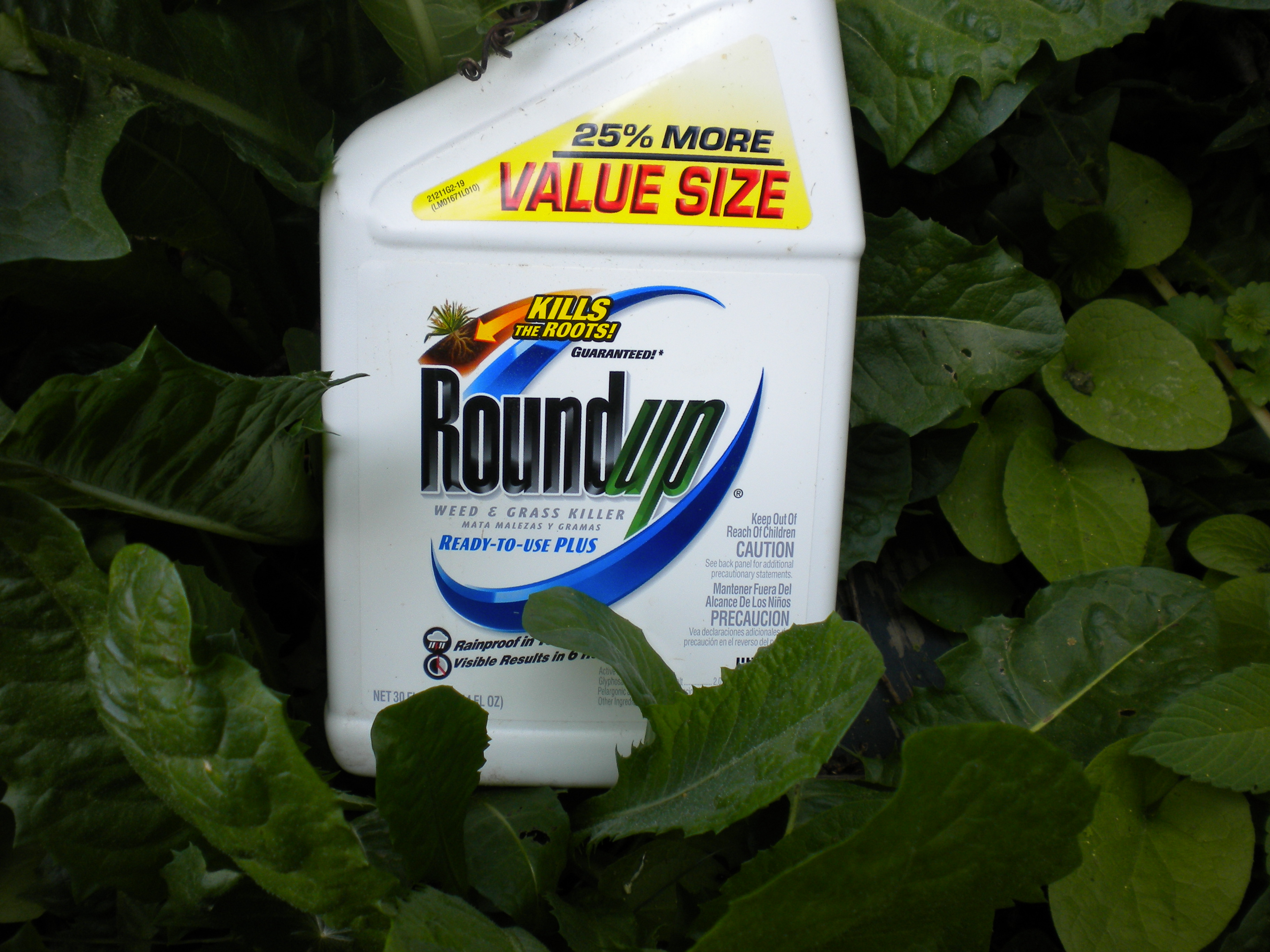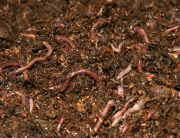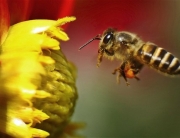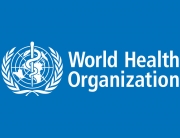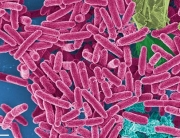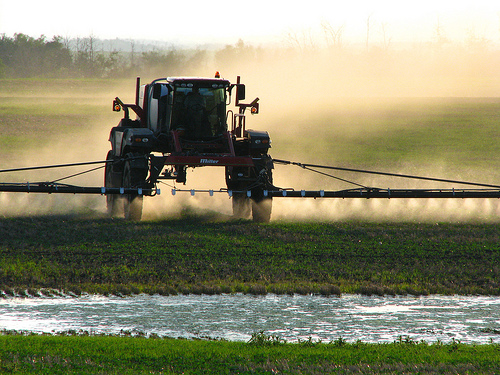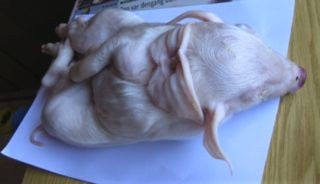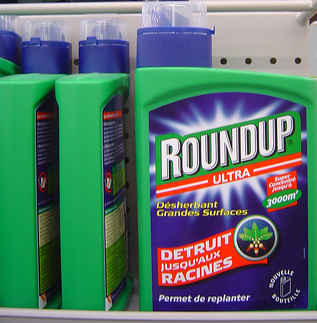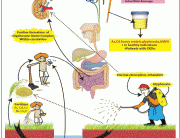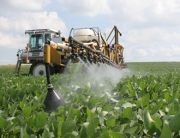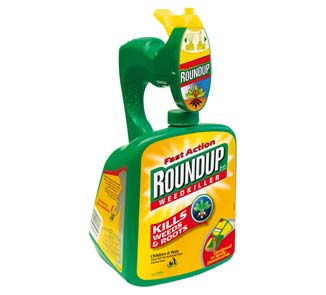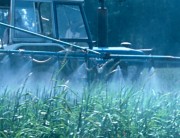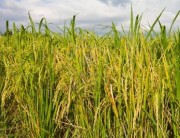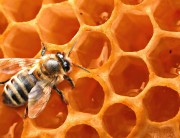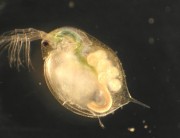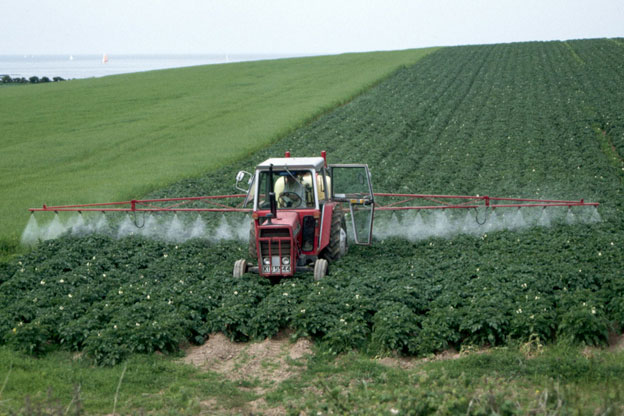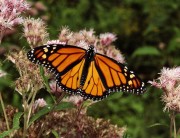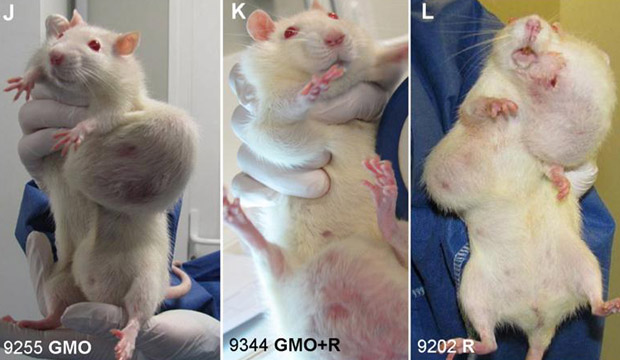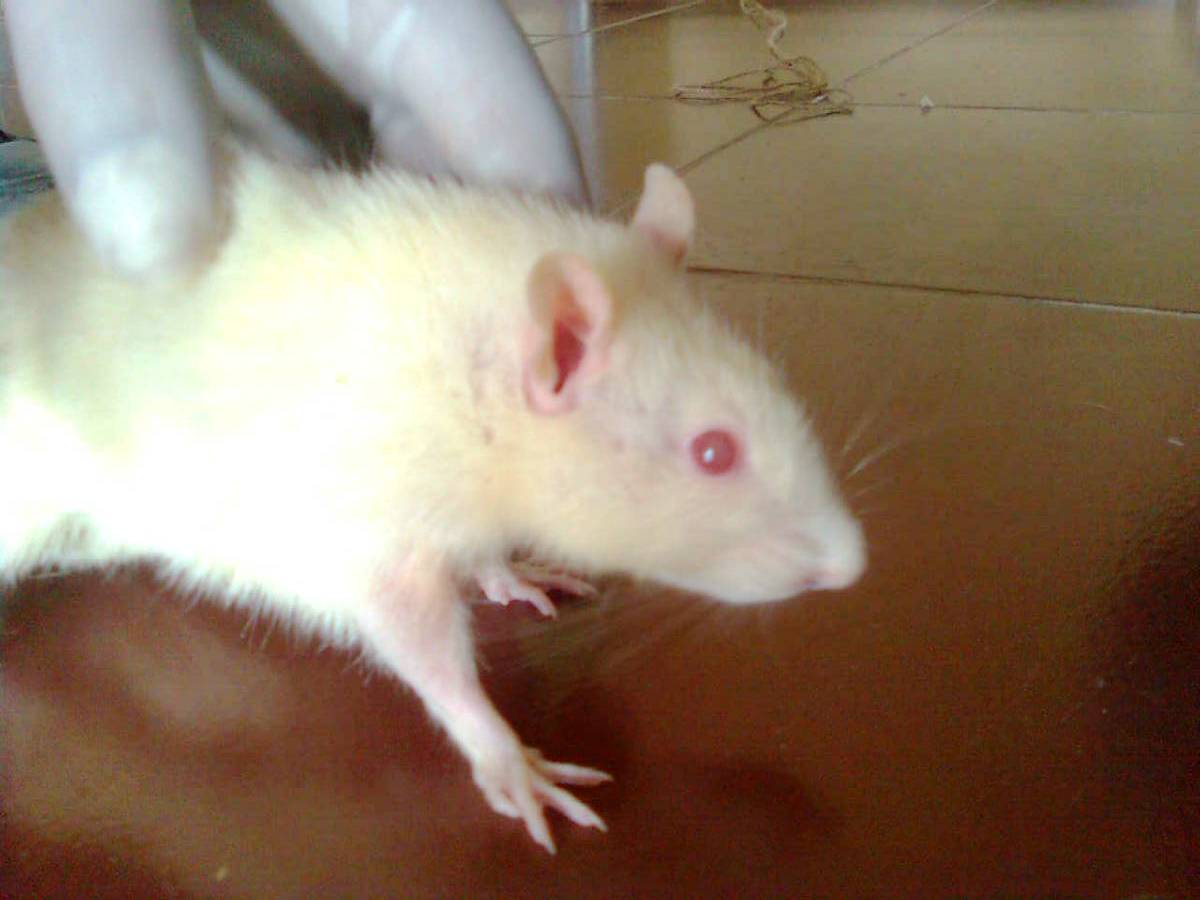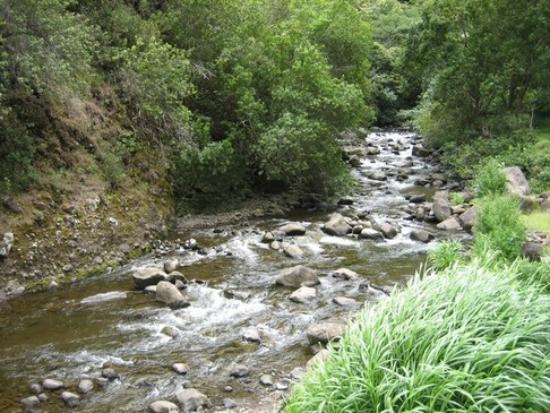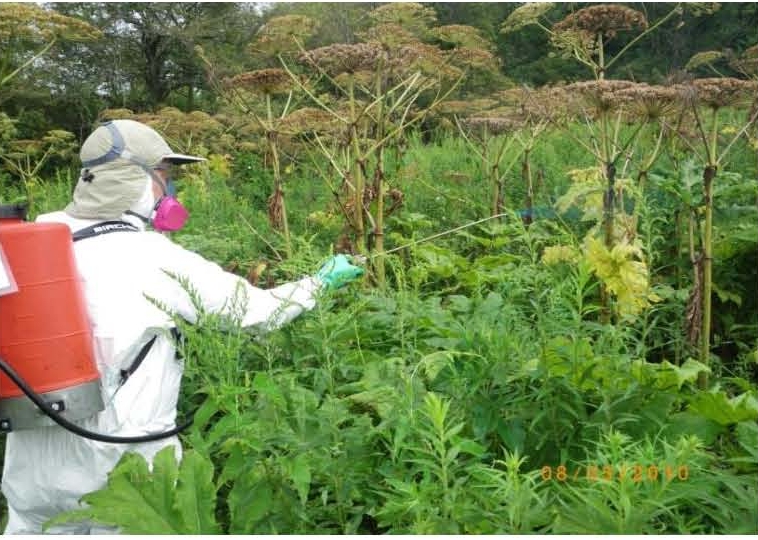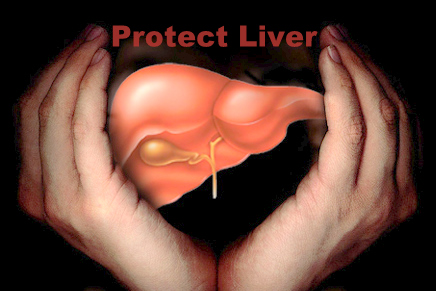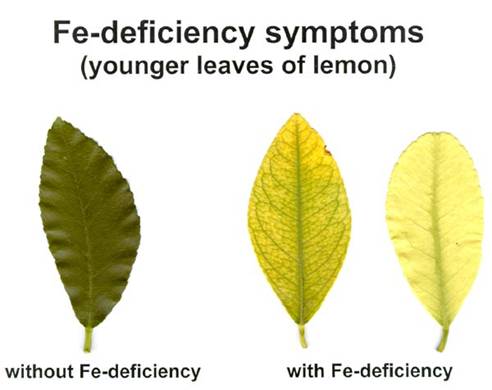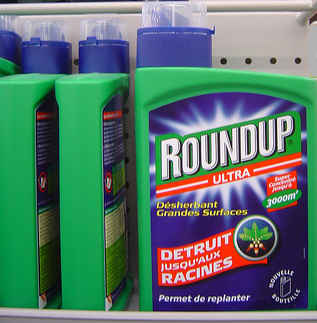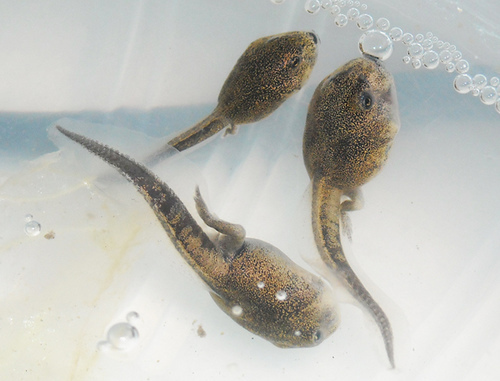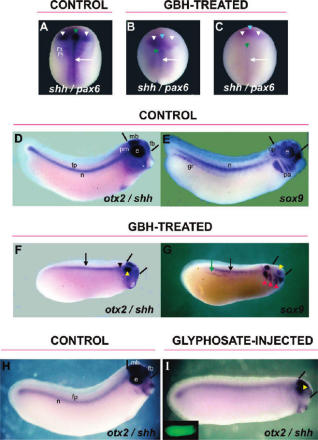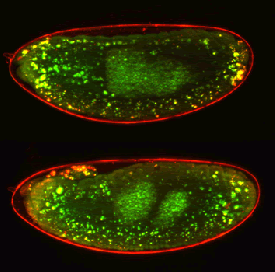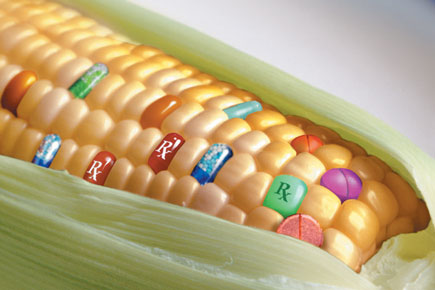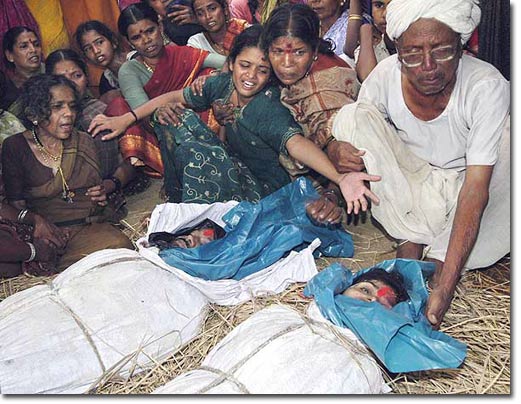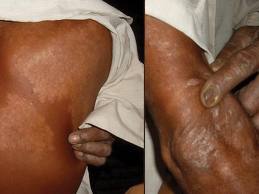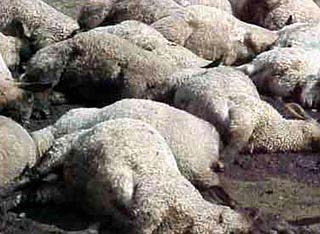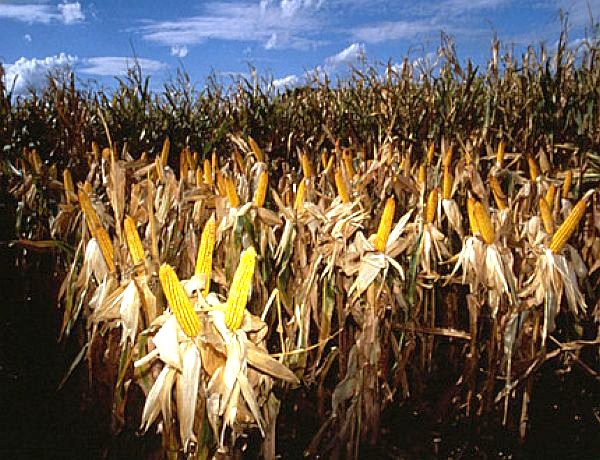This new study from Sri Lanka showed that drinking water from abandoned wells, where the concentrations of glyphosate and metals are higher, as well as spraying glyphosate, increased the risk of the deadly chronic kidney disease (CKDu) by up to 5-fold.
The scientist behind the new study, Dr. Channa Sudath Jayasumana, was interviewed by Sustainable Pulse in 2014.
In Sri Lanka alone CKDu now afflicts 15% of people of working age in the Northern part of the country; a total of 400,000 patients with an estimated death toll of around 20,000.
Watch the videos “Mystery in the Fields” and “Cycle of Death” for 5 minute documentaries providing additional background information on afflicted areas around the world.
Drinking well water and occupational exposure to Herbicides is associated with chronic kidney disease, in Padavi-Sripura, Sri Lanka
Full Paper: http://www.ehjournal.net/content/pdf/1476-069X-14-6.pdf
Authors: Channa Jayasumana, Priyani Paranagama, Suneth Agampodi, Chinthaka Wijewardane, Sarath Gunatilake, Sisira Siribaddana
Abstract
Background
The chronic kidney disease of unknown etiology (CKDu) among paddy farmers in was first reported in 1994 and has now become most important public health issue in dry zone of Sri Lanka. The objective was to identify risk factors associated with the epidemic in an area with high prevalence.
Methods
A case control study was carried out in Padavi-Sripura hospital in Trincomalee district. CKDu patients were defined using health ministry criteria. All confirmed cases (N = 125) fulfilling the entry criteria were recruited to the study. Control selection (N = 180) was done from people visiting the hospital for CKDu screening. Socio-demographic and data related to usage of applying pesticides and fertilizers were studied. Drinking water was also analyzed using ICP-MS and ELISA to determine the levels of metals and glyphosate.
Results
Majority of patients were farmers (N = 107, 85.6%) and were educated up to ‘Ordinary Level’ (N = 92, 73.6%). We specifically analyzed for the effect modification of, farming by sex, which showed a significantly higher risk for male farmers with OR 4.69 (95% CI 1.06- 20.69) in comparison to their female counterparts. In the multivariable analysis the highest risk for CKDu was observed among participants who drank well water (OR 2.52, 95% CI 1.12-5.70) and had history of drinking water from an abandoned well (OR 5.43, 95% CI 2.88- 10.26) and spray glyphosate (OR 5.12, 95% CI 2.33-11.26) as a pesticide. Water analysis showed significantly higher amount of hardness, electrical conductivity and glyphosate levels in abandoned wells. In addition Ca, Mg, Ba, Sr, Fe, Ti, V and Sr were high in abandoned wells. Surface water from reservoirs in the endemic area also showed contamination with glyphosate but at a much lower level. Glyphosate was not seen in water samples in the Colombo district.
Conclusion
The current study strongly favors the hypothesis that CKDu epidemic among farmers in dry zone of Sri Lanka is associated with, history of drinking water from a well that was abandoned. In addition, it is associated with spraying glyphosate and other pesticides in paddy fields. Farmers do not use personnel protective equipment and wears scanty clothing due to heat when spraying pesticides.






